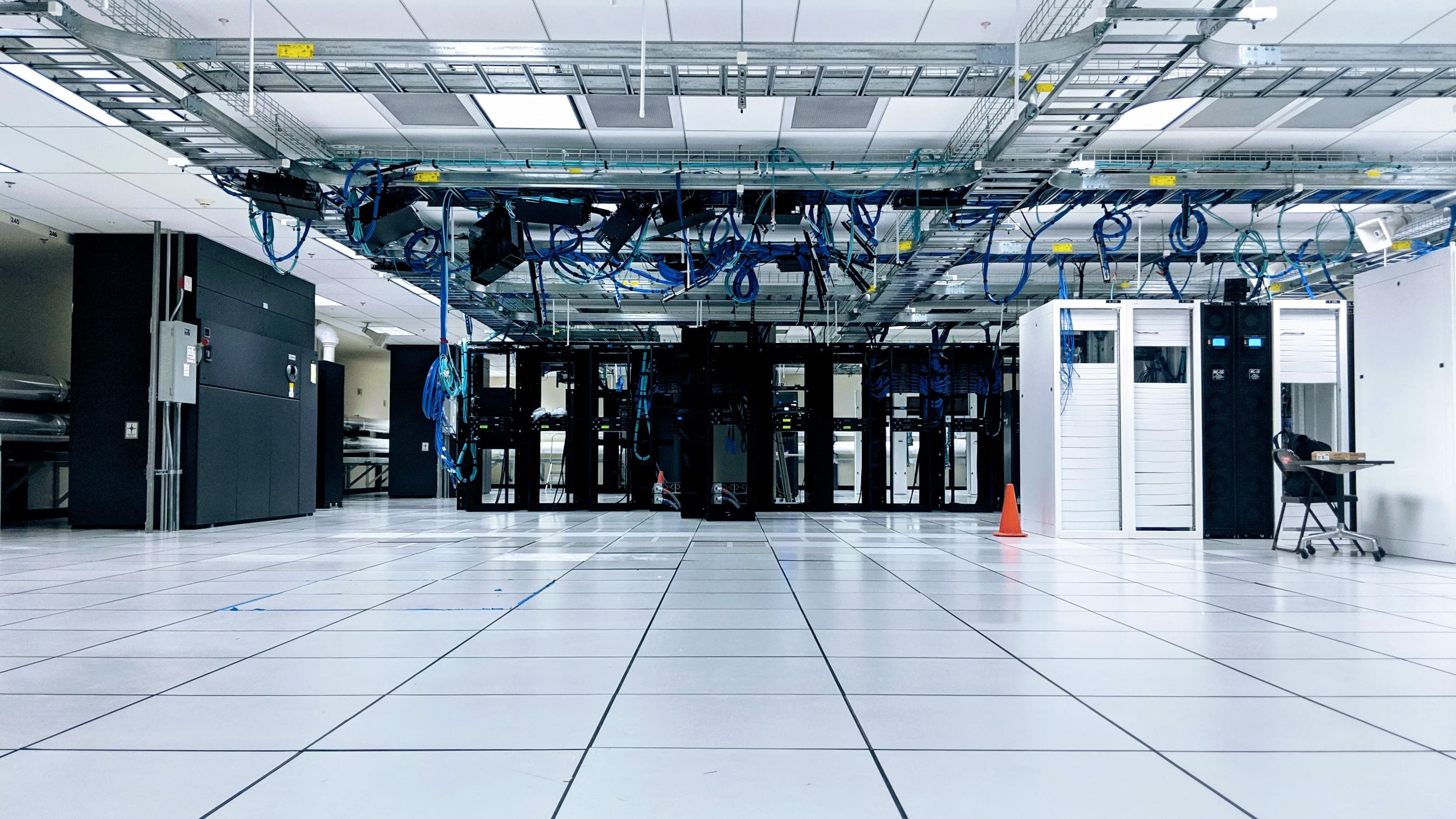In infrastructure, two terms appear everywhere yet remain widely misunderstood: Dedicated Server and Bare Metal Server. To some, they mean the same thing. To others, even long-standing Fortune 500 companies like IBM, they mean something different. Providers put out definitions of their own, and they’re not always aligned with how the technology actually works. The […]
Big assets strain storage throughput and downloads. We provide infrastructure for quick previews and multi-GB delivery with transparent per-TB economics as you grow.


